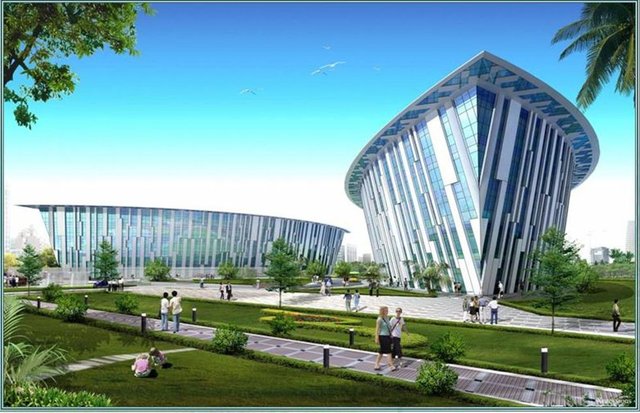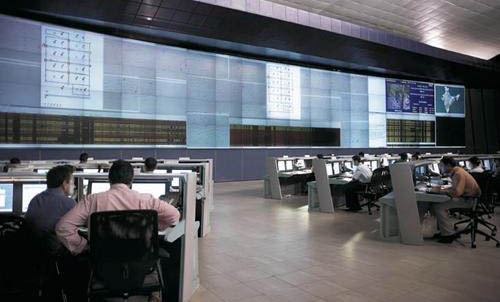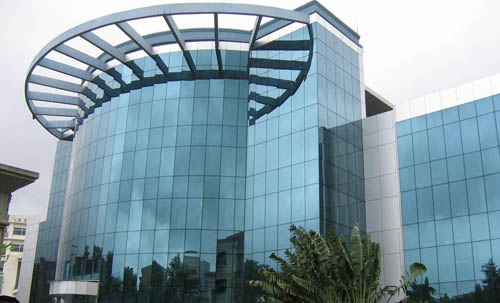
Mumbai real estate – still going strong
Mumbai is the financial capital of the country. While it is still a far cry from being comparable to Shanghai in terms of aesthetics and infrastructure, the fact remains that most large corporations and financial institutions have their presence in this city.










